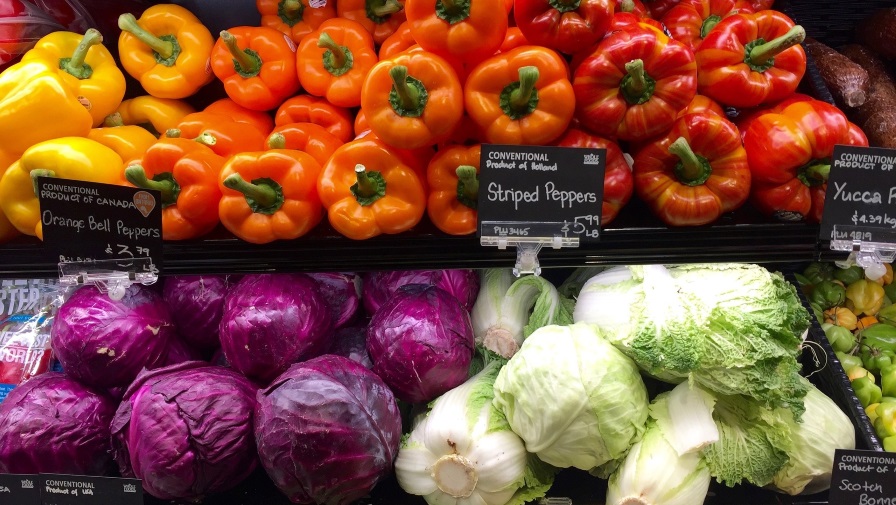Microsprinklers Tapped To Help Protect Blueberry Blooms from Heat Injury
Michigan’s blueberry industry has been increasingly affected by climate change with spring heatwaves, long dry periods and heavy rains all causing a potential for yield losses. To illustrate this, in February-March 2012, daily high temperatures were the hottest on record since 1880, according to the National Oceanic and Atmospheric Administration (NOAA). Temperatures advanced blueberry growth by more than three weeks, exposing blueberry bushes to frost damage, which also reduced the abundance of pollinators.
According to Michigan State University Extension, in 2018 and 2022 drought conditions reduced blueberry yields by as much as 40%. This situation is not unique to Michigan, as there are examples of the heat dome and early spring impacts in the Pacific Northwest region, too.
MSU research by graduate student Jenna Walters working with Rufus Isaacs is finding that blueberry pollen germination in varieties like ‘Bluecrop’, ‘Elliott’, and ‘Jersey’ is reduced when air temperatures are at or above 90°F. To prevent this, evaporative cooling can reduce field temperatures to prevent these damaging conditions, with the evaporation of water and mist from the sprinkler or microsprinklers pulling heat from the plant canopy creating a microclimate that is below the critical temperatures. This is expected to favor better pollination and fruit growth.
Our tests of running overhead irrigation at the Trevor Nichols Research Center indicate that this will effectively reduce the air temperature by 5°F to 10°F. In a recent trial, we ran water for 15 minutes of each hour once the air exceeded 85°F. This follows a protocol developed at Oregon State University for summer cooling of fruit. This approach kept the air temperatures below 90°F through the hot period of the day. According to that research, overhead sprinklers or microsprinklers are equally effective for cooling, but microsprinklers used less water. In spring when blueberries are in bloom, the water in ponds is colder than in summer, so it has greater cooling capacity. Additionally, running it for 15 minutes can save water compared to continuous running.
For more continue reading at canr.msu.edu.









